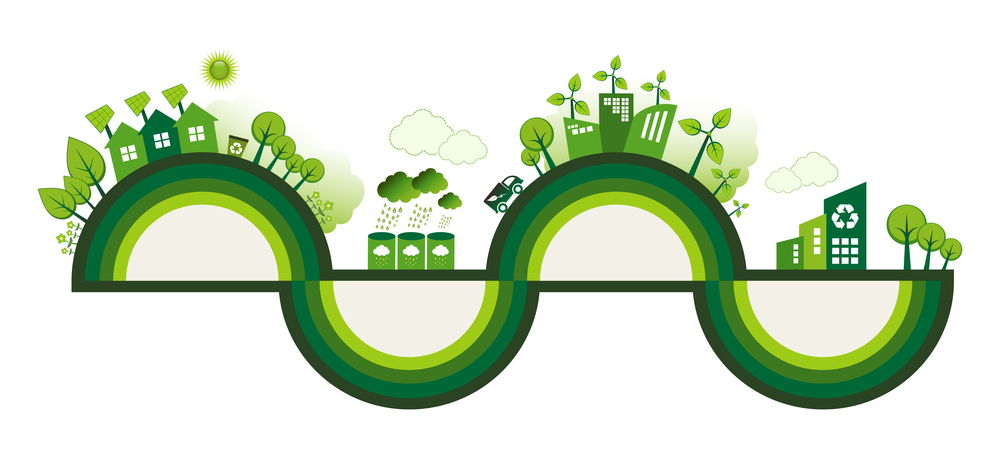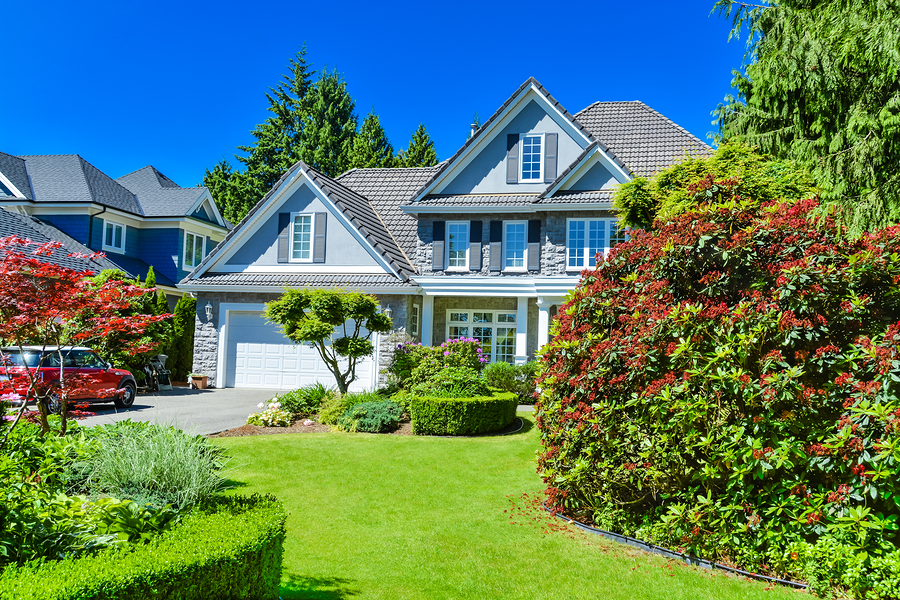In the bustling city of Charlotte, a quiet revolution is taking place as residents increasingly turn towards eco-friendly communities to embrace sustainable living practices. From the vibrant neighborhoods of Uptown to the serene suburbs of Ballantyne, Charlotteans are recognizing the importance of reducing their environmental footprint and preserving the natural beauty of their surroundings. This article will delve into the growing trend of eco-friendly communities and explore how new homes in Charlotte are playing a pivotal role in shaping sustainable living environments.
Understanding Eco-Friendly Communities
Table of Contents
Eco-friendly communities, also known as sustainable or green communities, are residential areas designed with a focus on environmental sustainability, resource efficiency, and community engagement. These communities often incorporate features such as renewable energy sources, energy-efficient buildings, waste reduction programs, and green spaces.
The Growing Trend
In recent years, there has been a significant surge in the establishment of eco-friendly communities worldwide. People are drawn to these communities for their environmental benefits, sense of belonging, and shared values. Living in an eco-friendly community allows residents to connect with like-minded individuals committed to living in a way that respects and preserves the environment.
Benefits of Eco-Friendly Communities
The benefits of living in an eco-friendly community extend far beyond environmental considerations. Beyond the reduction in energy bills and carbon footprints, residents experience an array of advantages that improve their well-being and quality of life.
One significant benefit is improved mental and emotional health. Research indicates that the presence of green spaces and natural surroundings can significantly enhance mental health, lowering stress and fostering a sense of tranquility and relaxation. Eco-friendly communities often prioritize the preservation of green spaces and the integration of nature into everyday life, providing residents with ample opportunities to connect with the natural world and reap the associated mental health benefits.
Additionally, living in an eco-friendly community fosters a strong sense of belonging and social connection. Residents share common values and goals related to sustainability, creating a supportive and inclusive community where people feel empowered to make a positive difference. Engaging in collective activities such as community gardens, sustainable food initiatives, and environmental education programs strengthens social bonds and promotes a sense of unity among residents.
The Role of New Construction Homes
New homes in Charlotte play a pivotal role in shaping sustainable living environments. An increasing number of developers and builders are incorporating eco-friendly elements, like solar panels, energy-efficient appliances, and sustainable building materials, into their designs. By prioritizing sustainability in new construction projects, developers are meeting the growing demand for eco-friendly housing and driving innovation in the construction industry.
Furthermore, new construction homes in eco-friendly communities are often built with careful consideration for the surrounding environment. Sustainable land-use practices, such as preserving natural habitats and minimizing disruption to ecosystems, ensure that the community coexists harmoniously with its surroundings.
Tips for New Home Buyers
Here are some eco-friendly tips for new home buyers:
Energy-Efficient Appliances: Look for Energy Star-rated appliances when purchasing new appliances for your home. These appliances are made to consume less energy, thus reducing your electricity bills and environmental impact.
Solar Panels: Install solar panels on your roof to capture renewable energy from the sun. This can significantly decrease your reliance on grid electricity and lower your carbon footprint.
Insulation: Invest in high-quality insulation for your home to improve energy efficiency. Proper insulation helps regulate indoor temperature, lowering the requirement for heating and cooling and ultimately saving energy.
LED Lighting: Use LED light bulbs throughout your home instead of traditional incandescent bulbs. LED bulbs take less energy and last longer, reducing both energy consumption and the frequency of bulb replacements.
Natural Ventilation: Design your home to take advantage of natural ventilation by strategically placing windows and utilizing cross-ventilation techniques. This can help reduce the need for air conditioning during warmer months.
Energy-Efficient Windows: Choose windows with high energy-efficiency ratings to lower heat loss in the winter and heat gain in the summer. Properly insulated windows can significantly reduce your home’s heating and cooling costs.
Conclusion
The rise of eco-friendly communities signifies a shift towards a more sustainable way of living. By embracing eco-friendly practices and fostering a sense of community and shared responsibility, these communities serve as beacons of hope in the fight against climate change and environmental degradation.
As eco-friendly communities continue to grow around the world, it is clear that sustainable living is not just a trend but a necessity for the future of this planet. Through collaboration, innovation, and a commitment to preserving natural resources, people can create a more sustainable world for themselves and generations to come.
Image Source: BigStockPhoto.com (Licensed)
Related Categories: Home, Environmental, Reviews








